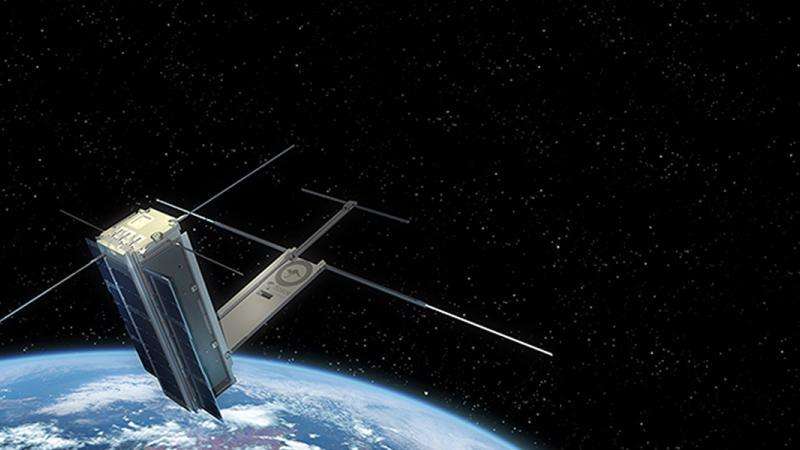UNSW Canberra Space and CNES are partnering to study a breakthrough hyperspectral remote-sensing satellite.
Australia and France have launched a joint study aimed at paving the way for developing disruptive space technologies such as hyperspectral remote sensing, on-board processing, artificial intelligence and formation-flying technologies. Potential applications include monitoring fresh and marine water quality and enabling precision farming practices. The system could be used to monitor coral reefs in Australia and the South Pacific.
A Letter of Intent was delivered by Frédérique Vidal, French Minister of Higher Education, Research and Innovation, in the presence of French President Emmanuel Macron and Australian Prime Minister Malcolm Turnbull.
The move follows the announcement at the 68th International Astronautical Congress (IAC) in Adelaide in September 2017 that the two countries were launching a new partnership in the space sector.
UNSW (University of New South Wales) Canberra Space describes itself as the leading space programme in Australia, with 40 team members, world-class space engineering and science, and disruptive approaches involving miniature spacecraft.
In 2017, UNSW Canberra Space (part of the University of New South Wales) and CNES set up a facility with the support of the Australian Government, modelled on the world-class concurrent engineering centre developed by CNES at its Toulouse Space Centre.
The joint study will be conducted at the Australian National Concurrent Design Facility (ANCDF) at UNSW Canberra with instrumental support from CNES.

